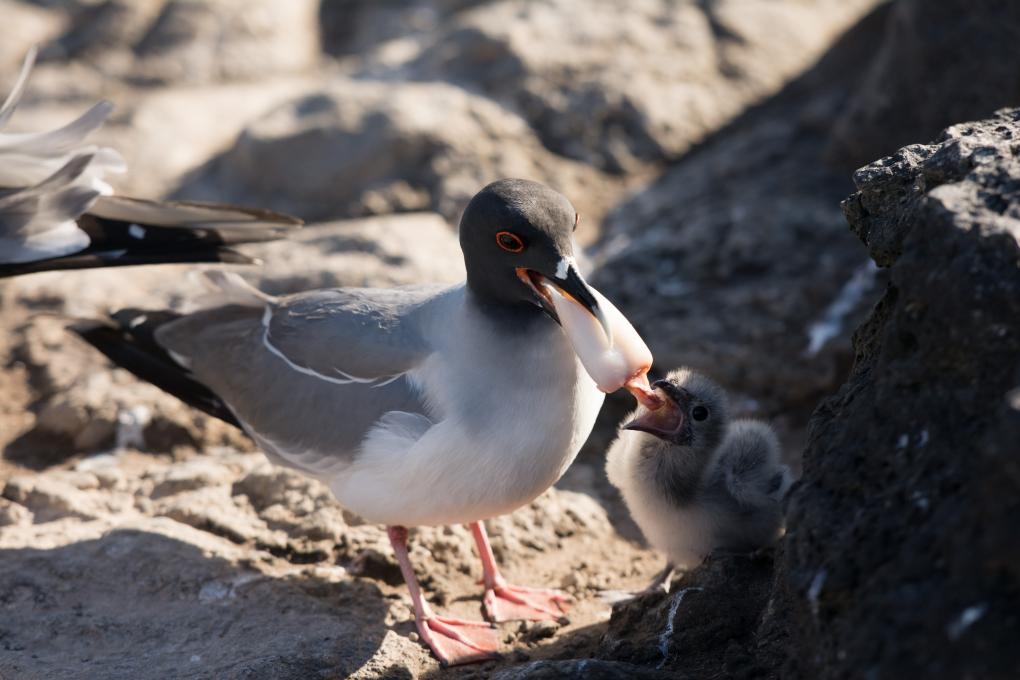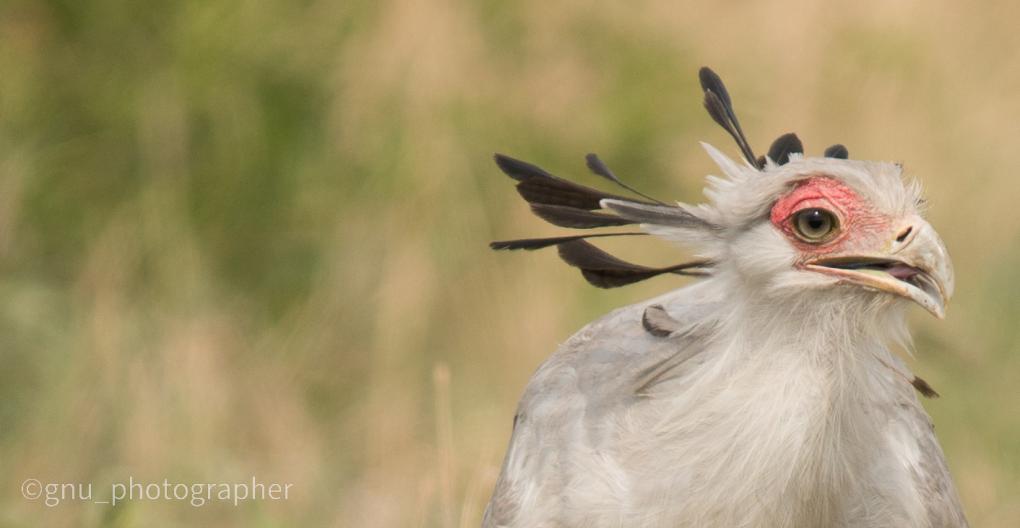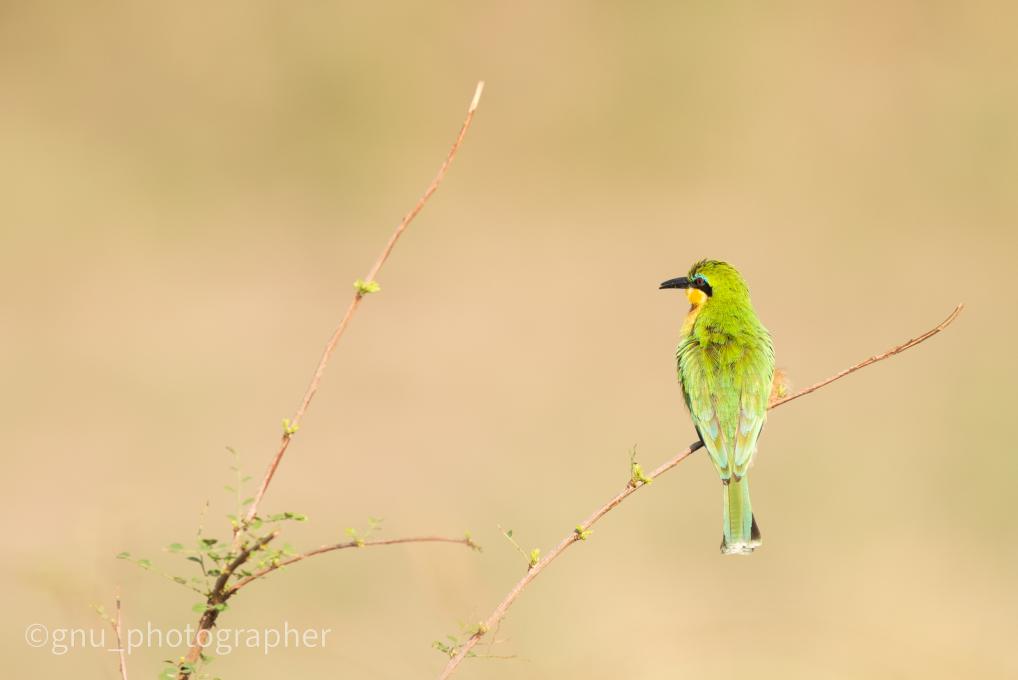gnu_photographer
Forum Replies Created
-
gnu_photographerParticipant
@Isabelle What happened was that the chick grabbed the tip of the squid in a “tug of war” action and was able to extract a small piece, then the adult bird swallowed the squid back! This happened repeatedly and through co-operation, the chick ingested small pieces. I’ve been reading the Cornell Bird Biology Course and I found 2 facts that helped offer context to the behaviours of these gulls: a) birds have no teeth b) from Bird Anatomy Chapter 6 “some gulls are capable of holding one end of a large fish in the esophagus whilst digesting the other end in the stomach.” If you are interested, I’ll do up the next couple of frames and share this with you :)
in reply to: Practice Getting Creative and Telling Stories #724120 -
gnu_photographerParticipantI like the first photo too, it is the most interesting to me - makes me want to research what their call sounded like and why they are calling :) To me, the story of the photo overcomes the need for tack sharp focus.in reply to: Practice Getting Creative and Telling Stories #723944
-
gnu_photographerParticipantFor storytelling, I like to photograph birds feeding. This is a Swallow-tailed gull feeding its chick with regurgitated squid. It was taken in the Galapagos at 420mm focal length. The Galapagos have strict rules in approaching birds, and restrict movement near bird nesting sites, as well as timing and number of visitors. This is good, as it allows us a window to the lives of the birds, as a reward for protecting their habitat and nesting grounds.
 in reply to: Practice Getting Creative and Telling Stories #723942
in reply to: Practice Getting Creative and Telling Stories #723942 -
gnu_photographerParticipantSuch a cool photo! The bird (sparrow sized?) looks as large as the mink! Perhaps because of the background compression from using your telephoto lens. An interesting effect. Thanks for sharing it! :)in reply to: Practice Crafting Great Bird Photos #723360
-
gnu_photographerParticipant
@Elizabeth Thanks Libby, for your feedback! :) Here's another birds of the world photo - a Kori Bustard. I have a few more on my instagram page if you are interested. It is the same name as my username.
 in reply to: Practice Crafting Great Bird Photos #723359
in reply to: Practice Crafting Great Bird Photos #723359 -
gnu_photographerParticipant
@Gary Thanks for the feedback, Gary! :-)
in reply to: Practice Crafting Great Bird Photos #719691 -
gnu_photographerParticipant
@Isabelle Great photos, I like how you composed so that the Frogmouth and Chimango Caracara are looking back at the viewer. A nice style.
in reply to: Practice Crafting Great Bird Photos #719656 -
gnu_photographerParticipant
 This is a photo in which I think I broke some of the rules. The photo of the Secretary Bird is taken with the negative space behind the bird rather than (the traditional) in front of the bird. I did this to emphasize the Secretary Bird's rearward facing plumes.
This is a photo in which I think I broke some of the rules. The photo of the Secretary Bird is taken with the negative space behind the bird rather than (the traditional) in front of the bird. I did this to emphasize the Secretary Bird's rearward facing plumes.
 I think this Bee Eater photo is more in line with usual bird portrait rules, creamy background, rule of thirds. There is no catchlight in the eye but the iris is clear and evenly lit. in reply to: Practice Crafting Great Bird Photos #719643
I think this Bee Eater photo is more in line with usual bird portrait rules, creamy background, rule of thirds. There is no catchlight in the eye but the iris is clear and evenly lit. in reply to: Practice Crafting Great Bird Photos #719643 -
gnu_photographerParticipantThanks for sharing your photos, I really like your grebes photo! Here are 3 tips that have helped me with sharpness: 1. Having solid support - tripod and gimbal (turn off any VR when using the tripod). 2. Back button focusing (decouple autofocus from shutter button to avoid shutter button accidentally changing focus). 3. Photographing during golden hour, side and front light helps define feather detail (use RAW and expose to the right). I mostly use a FX body with 300mm lenses and either 1.4x or 1.7x teleconverters. I’d be interested to hear how you go with your 500m!in reply to: Practice Matching Your Gear to Your Goals #719527
-
gnu_photographerParticipantIf appropriate, please share your instagram account name. I would like to follow photographers taking this course! My instagram name is the same as my username. I really like how Melissa uses her instagram account to promote conservation and protection of the birds, and how this course focuses on teaching us photographers to always give birds their space. In thinking about my goals, these themes of conservation and protection are something I would like to ingrain into my photography.in reply to: Practice Matching Your Gear to Your Goals #719257
-
gnu_photographerParticipantI’ve found having good support makes a huge difference to image quality, especially at the higher focal lengths (I am not good at handholding and keeping steady anything more 200mm). This is especially the case for me for lenses without image stabilisation and I think the D780, being a DSLR, has no in body image stabilisation. I suggest a gimbal, if you would like to take birds in flight. If you would like to take video too, I suggest looking at a fluid gimbal, which will give a smoother panning action.in reply to: Practice Matching Your Gear to Your Goals #719254
-
gnu_photographerParticipantI agree with you. I think photos that include the environment allow greater scope for storytelling. Like this great photo you posted!in reply to: Practice Matching Your Gear to Your Goals #718991
-
gnu_photographerParticipantI'm keen on learning how to photograph effectively from a car, as it appears to disturb the birds less than exiting the car and setting up. I have a bean bag to support the camera and lens, but would like to ask if anyone can recommend a good type of bag or stowage solution that makes it easy to stow and maneuver large lenses between stops. Especially when driving over rough terrain, putting the camera and lens on the car seat does not seem to work well. I'm wondering how Melissa stows her supertelephoto and DSLR between stops in the video "Compare Blinds" (at 4:30) :)in reply to: Practice Matching Your Gear to Your Goals #718990


 This is a photo in which I think I broke some of the rules. The photo of the Secretary Bird is taken with the negative space behind the bird rather than (the traditional) in front of the bird. I did this to emphasize the Secretary Bird's rearward facing plumes.
This is a photo in which I think I broke some of the rules. The photo of the Secretary Bird is taken with the negative space behind the bird rather than (the traditional) in front of the bird. I did this to emphasize the Secretary Bird's rearward facing plumes.
 I think this Bee Eater photo is more in line with usual bird portrait rules, creamy background, rule of thirds. There is no catchlight in the eye but the iris is clear and evenly lit.
I think this Bee Eater photo is more in line with usual bird portrait rules, creamy background, rule of thirds. There is no catchlight in the eye but the iris is clear and evenly lit.